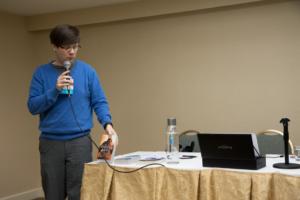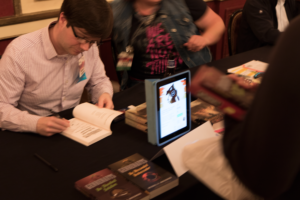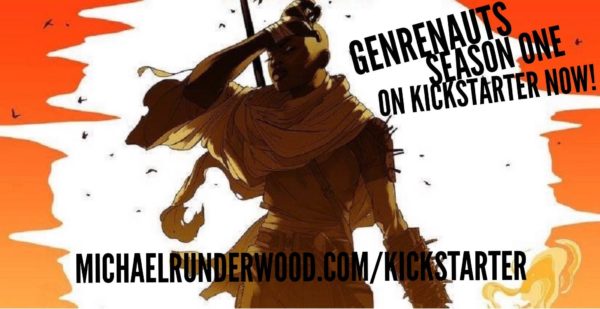It’s been a bit over a month since the conclusion of the Genrenauts Kickstarter, and looking back, here are some things I learned/verified during the campaign.
It’s Best to Bring Your Own Crowd…
When people talk about crowd-funding, we can’t forget the crowd part. One of the best ways to ensure success is to have an existing base of readers/supporters/fans ready and excited to back your campaign as soon as it launches. Thanks to newsletter mailings and some social media activity, people knew about my Kickstarter and backed very quickly. Here’s a chart of the first few days:
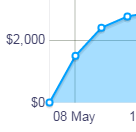
In the first day, the campaign got 56 backers for $1,497, which was 29% of the original funding goal.
The second day got us to 82 backers, $2,398, 47% funded.
And day three brought the total to 100 backers, $2,758, and 55% funded.
In those first days, friends, readers, and family mobilized to get the ball rolling in a huge way. Existing fans of the Genrenauts series jumped at the chance to be a part of the next step, and friends from all over pitched in to help me reach my goal.
Based on my experience following Kickstarter, if I had been a brand-new creator — launching a brand-new series with no track record — there’s basically no way I would have seen 100 backers in the first 72 hours.
…but Kickstarter will help, too.
A full 28% of the pledges (for $2,287) for the campaign came from Kickstarter links. This means that it’s very likely that those backers did not know me or Genrenauts before funding. Instead they found the campaign through Kickstarter’s own systems, from editorial spotlights to their search engine. That was notably higher than the 15-20% I was expecting, since Fiction projects aren’t at all the hottest geek-related category on Kickstarter (games are far hotter).
The Middle-of-campaign Doldrums are Real
Looking at the full funding chart, we can see that things really slowed down in the middle of the campaign:
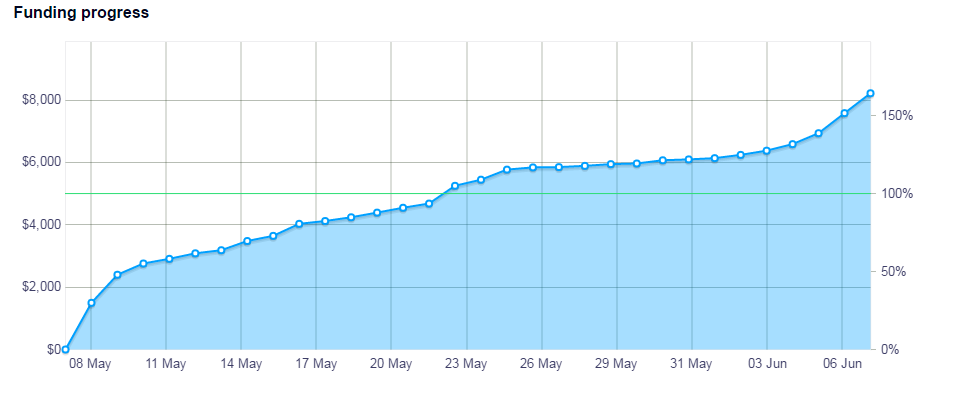 Around the 16th of May, things slowed down some. An then after the 26th of May, the campaign really slows down, getting less than 5 new backers a day for over a week. I was still putting out updates, hitting blogs and podcasts, but not at the same rate, and even so, we were still very far from our first stretch goal (more on that later).
Around the 16th of May, things slowed down some. An then after the 26th of May, the campaign really slows down, getting less than 5 new backers a day for over a week. I was still putting out updates, hitting blogs and podcasts, but not at the same rate, and even so, we were still very far from our first stretch goal (more on that later).
This was the chunk of the campaign where I was getting kind of frustrated. I was having problems getting promotional hits confirmed, and I ended up having more sparse programming at BaltiCon, my local SFF con, than I had expected. And the items I did have didn’t seem to end up moving a lot of pledges. I did have a great time there, and recorded two interviews, which will me grow my reach over time.
Get Excited in Your Video (but don’t go on too long).
I spent a fair amount of time on my video. I wrote a script, rehearsed it until I could perform it mostly without visual reference, and did some work on setting the scene for better composition, as well as the time editing.
But the video was still too long. My video got 1,238 plays (so if no one re-watched the video, that means about 1/4 of the people who played the video backed the project. I think it’s far more likely that the video got re-played several times, so it’s harder to know the conversion %). But only 17.21% of the plays completed. Some might have cut off half-way through and just backed, and some might have watched 99% of the video and cut it off as the credits were rolling. But if I were to go back, I’d probably make the video about 1/3 shorter.
Lock Down Your Promo Schedule Early
Thanks to having a lot of connections in SF/F, I was able to get a lot of help spreading the word about the campaign – guest posts, interviews, podcasts, etc. But despite starting that process around 6 weeks before the campaign launched, I did not do a great job of locking down all of the go-live dates for those promotional hits. This means that I was sending follow-up emails, chasing schedules, and writing promo content during the campaign.
Stretch Goals Should be in Small Increments and be Broad-Reaching
I was pretty confident that the campaign would be able to hit $5,000, the original goal. And due to the cost of producing audiobooks, my three main stretch goals were to create audio editions of episodes 3, 4, and 5&6. The trick there is that despite being a growing segment of the book industry, and despite Mary Robinette Kowal being an amazing audio performer with her own audience, it seemed like the promise of audio alone was not quite enough to carry momentum forward for another $4,000 very quickly. The campaign finished at $8,247, and thanks to Mary Robinette’s generosity, we will be able to have audio for Episode 3.
But I think I made an error in spacing out the stretch goals the way that I did. In addition to the stretch goals, I also had backer # goals, including a goal at 150 backers, one at 300, and the whimsy goals. If I’d set the first backer goal at 200 or 250 backers, that would have positioned the carrot of the bonus content more effectively to keep excitement up after hitting the initial funding goal but before reaching the audiobook goal.
The difficulty with the audio stgoals is that due to the cost, it wasn’t feasible for me to have intermediary stretch goals which required a capital cost. I needed all of the $ to pay for the audio production. Which means all I could do was offer goals with a labor cost – my labor. And because I was busy during the campaign on both keeping up the energy and in making promotional hits happen, I wasn’t in a good place to create additional labor-only stretch goals that would be feasible.
If I could go back, I’d definitely have smaller goals at $6,500 or $7,000, then at $10,500, etc. This would mean that there was always a stretch goal within $1,500 to $2,000 at any point once the original goal was hit. Having watched a lot of campaigns, the framing of “Only $5,16 dollars left until we hit <Small Goal #2!>” is really strong at converting. And for me, after hitting the original goal, it was $4,000 more until the first stretch goal. No one’s fault but my own, but I think with better-spaced goals, the campaign could have hit $12,000 or even $14,000.
Graphics are Key
This is something I got feedback on from Kickstarter-veteran friends, including Jay Swanson, Bradley P. Bealieu, and Gregory A. Wilson.
Originally, I had the covers of episodes 1 & 2 as my title card graphic for the campaign. My friends urged me to use a section of the amazing “There Will Always Be a Max” art, and they were of course right. I mean, look at it:
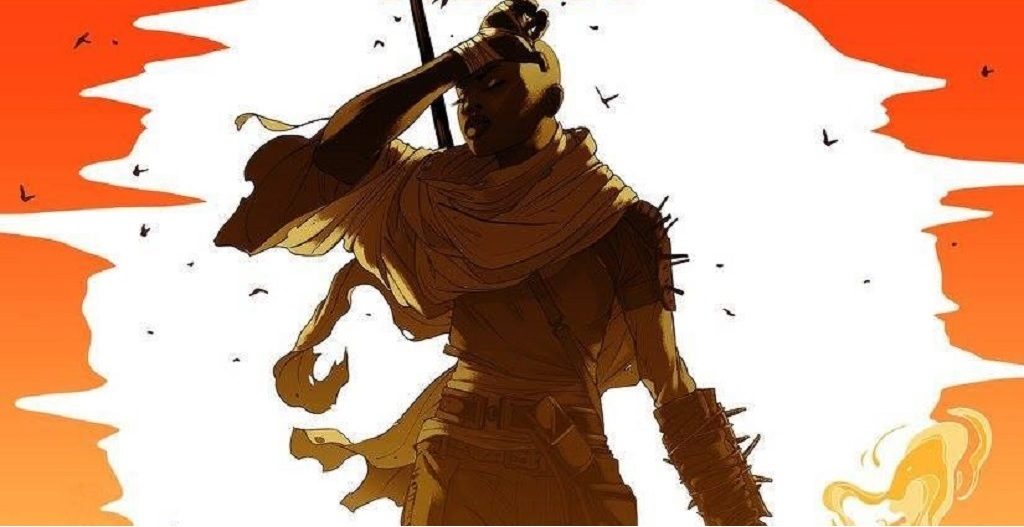
it’s got storytelling, it has bold colors, it’s just stunning. Goni Montes is amazing, and I have been plotting to get more art done by him for my work since I saw this image the first time.
Additionally, I used apps like Canva and WordSwag to make social media cards for the campaign to help mobilize whatever engagement I could get:
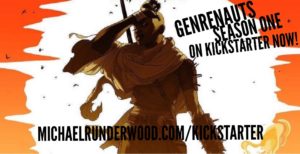
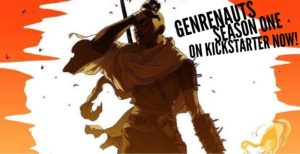
and Jay Swanson very helpfully turned some of the blurbs for early episodes into image cards:


all of these, plus adding the cover images from the episodes and short to the campaign description, gave the campaign a very strong visual appeal. Even the small preview card for the campaign was compelling, with solid copy and catchy art:
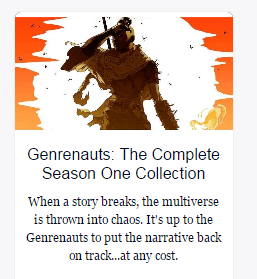
Don’t Expect To Get Anything Else Done
It was about all I could do to run the Kickstarter and stay on top of my day job. Thankfully, my wife Meg was 100% supportive of the campaign, and took on more of the household day-to-day during the Kickstarter in order to leave me with the time and energy to be the 24/7 cheerleader that a campaign requires.
Every day, I was writing thank you messages to backers, coordinating promotion, keeping in touch with my publishing team (since I was also getting Episode 3 ready to publish during the campaign), boosting on social media, revising projections, working on updates, and generally running around with lots of nervousness trying to keep my energy channeling into useful places instead of just fretting. Friends who had run Kickstarters told me about the exhaustion, and I believed them, but being in the middle of it running a campaign is a whole different thing.
Celebrate Success and Be Generous With Gratitude
The campaign had a lot of help, from friends giving me advice and support ahead of launch, Kickstarter staff (especially the amazing Margot Atwell) advising me on how to strengthen my campaign page/video/etc., and the colleagues who gave of their blogs, podcasts, and social media platforms to support me.
And most of all, no campaign can happen without backers. They are your Super-Fans, your colleagues, your family, and the wonderful people who have come to you through the joyful happenstance of algorithmic searching and are taking a chance on you. A Kickstarter is a way to re-connect with old friends, to strengthen your relationship with long-time readers, and more. A Kickstarter is the 21st century version of a Barn-Raising. At the end of the day, one person gets the barn, but everyone who helped make it happen has a sense of ownership, a sense of pride and accomplishment. That amount of support is a huge gift, and like any gift, it is not to be squandered.
Here’s what I’ve already with some of the Kickstarter funds: Paid for cover design, editorial development, and more. Most of the costs are still ahead, and will involve producing and shipping the physical editions for the campaign. But a Kickstarter doesn’t end when the campaign closes, nor does it end when the result is delivered. A Kickstarter forges a bond between creator and backers that continues for years to come, as I’ve learned by being a backer. One month after the campaign, I’m still deep in the production process, and even after fulfillment, I know that I’ll want to communicate with and draw upon the incredible support of my 321 backers as I continue the Genrenauts series and keep them appraised of my other projects. A successful Kickstarter is a gift that does, in fact, keep on giving.
And now the bonus lesson:
Folks out there that have run Kickstarters – what did you learn during your campaign that surprised you? Or if you’ve backed Kickstarters but not run one, what surprised you as a backer?
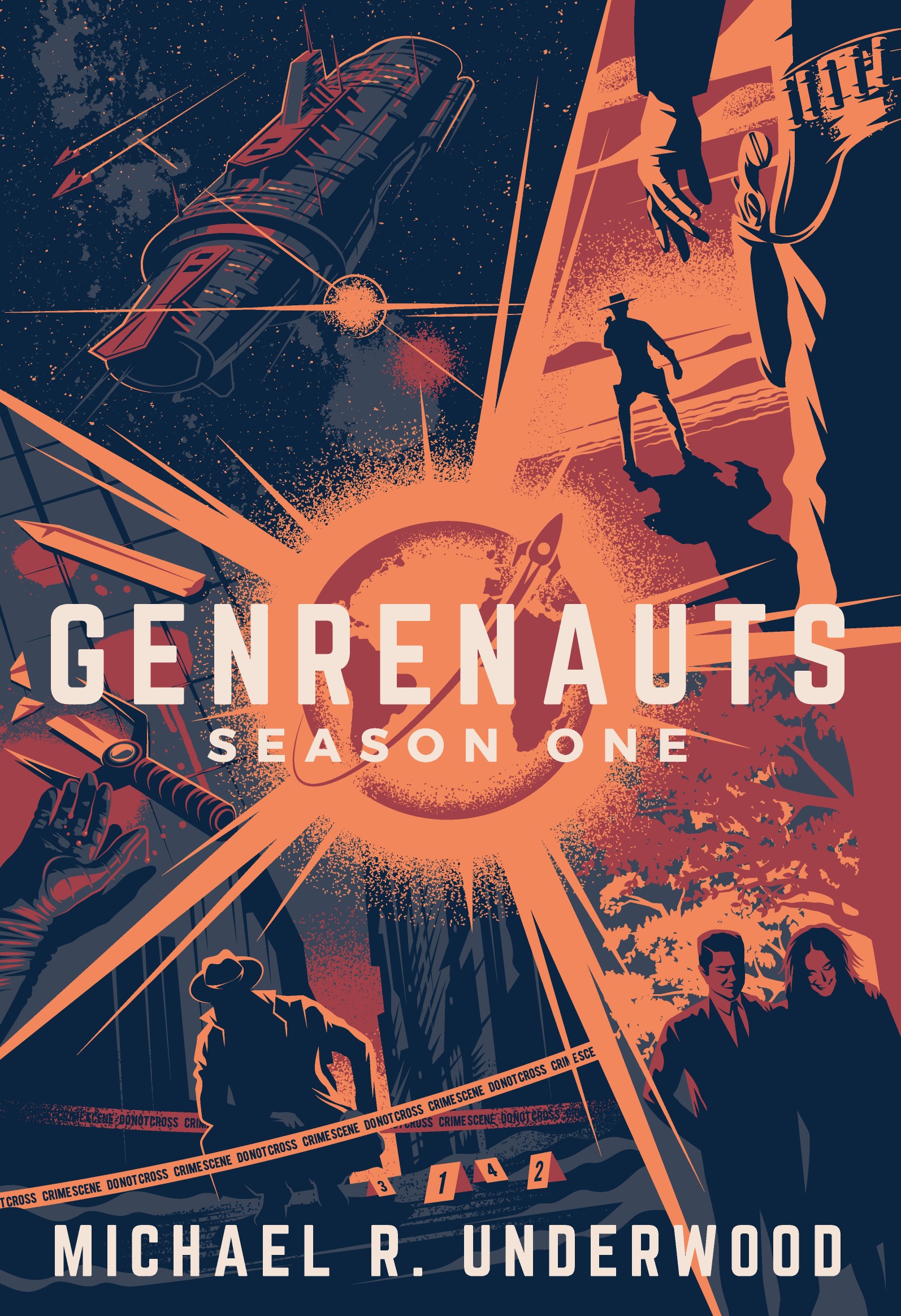

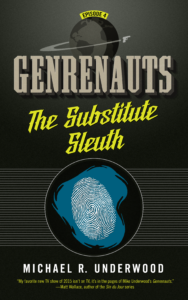

 Around the 16th of May, things slowed down some. An then after the 26th of May, the campaign really slows down, getting less than 5 new backers a day for over a week. I was still putting out updates, hitting blogs and podcasts, but not at the same rate, and even so, we were still very far from our first stretch goal (more on that later).
Around the 16th of May, things slowed down some. An then after the 26th of May, the campaign really slows down, getting less than 5 new backers a day for over a week. I was still putting out updates, hitting blogs and podcasts, but not at the same rate, and even so, we were still very far from our first stretch goal (more on that later).





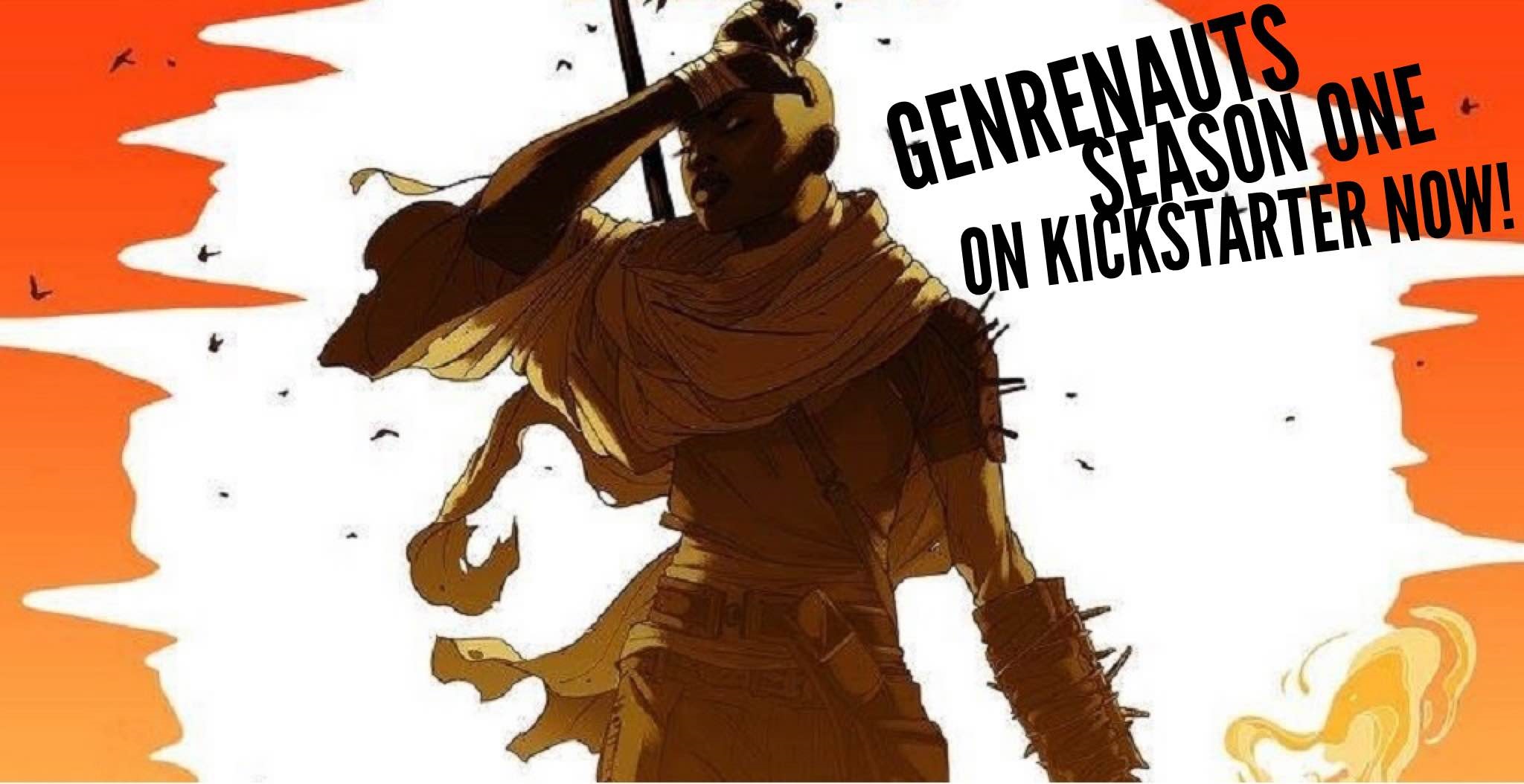
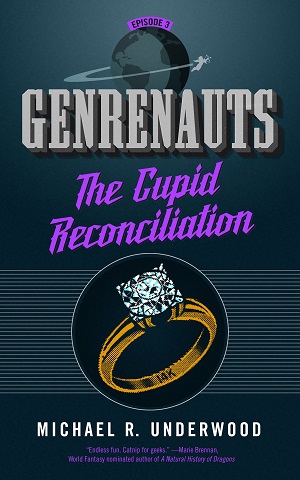
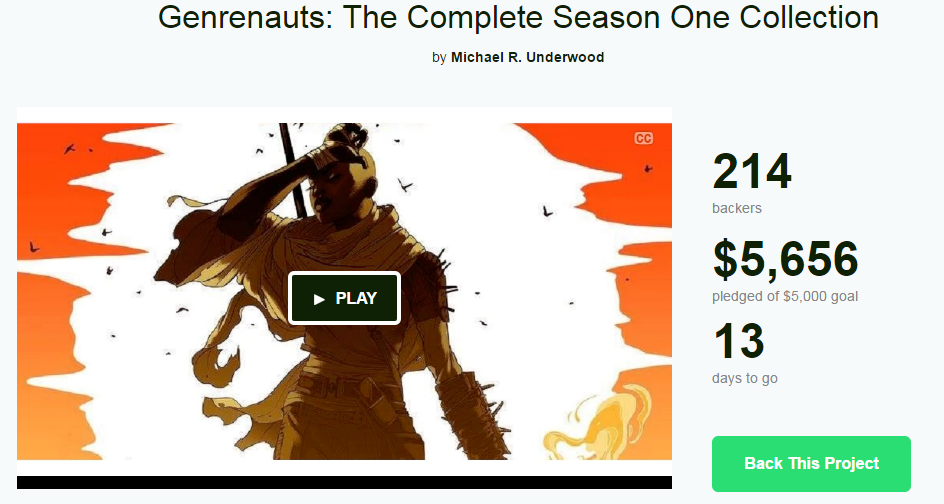
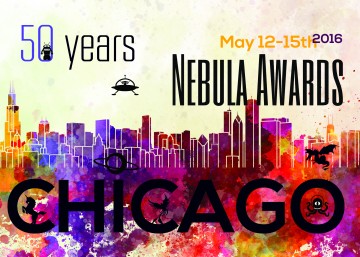 Last weekend, I had the fortune of attending the 50th Annual Nebula Awards Conference. I originally wasn’t planning on attending, due to an already-full con schedule, but a friend pitched me on the con, with an intent of having me participate in programming. And the panels being discussed were amazing.
Last weekend, I had the fortune of attending the 50th Annual Nebula Awards Conference. I originally wasn’t planning on attending, due to an already-full con schedule, but a friend pitched me on the con, with an intent of having me participate in programming. And the panels being discussed were amazing.